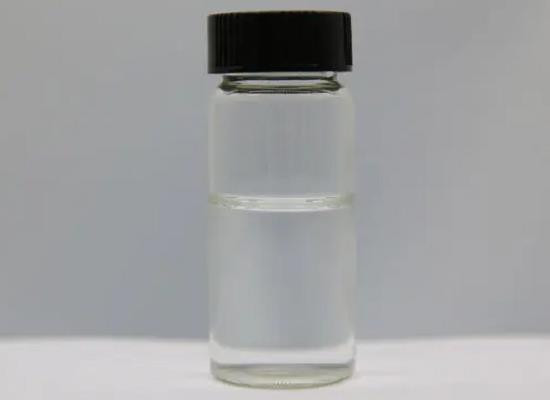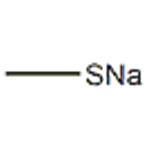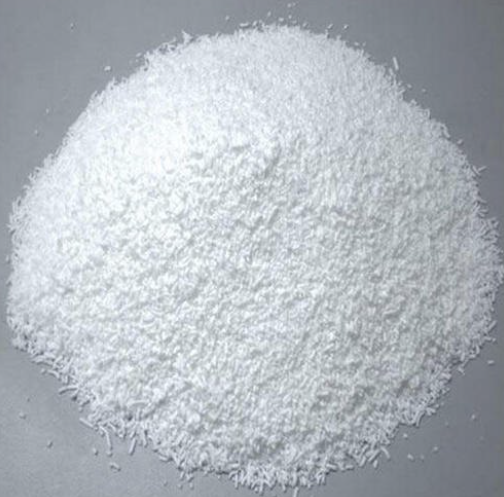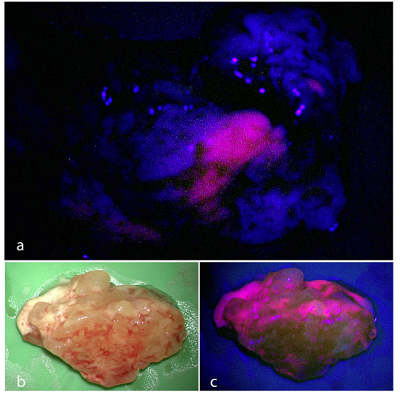Sodium Thiomethoxide: Applications in Medicinal Chemistry and its Hazards Summary
General Description
Sodium thiomethoxide, a pivotal compound in medicinal chemistry, plays a crucial role in synthesizing pharmaceutical agents with enhanced properties. Its unique reactivity allows for the creation of novel drug candidates with advanced biological activities. By acting as a nucleophilic sulfur source, it supports the integration of sulfur-containing groups in drug molecules, improving pharmacological profiles. While offering promising prospects for future drug development, sodium thiomethoxide also poses significant health hazards. Research indicates its toxicity through ingestion and inhalation, causing systemic effects and organ toxicity in vital organs. Strict safety measures are necessary when handling this compound to mitigate potential risks effectively.

Figure 1. Sodium thiomethoxide
Applications in Medicinal Chemistry
Sodium thiomethoxide stands out as a cornerstone in medicinal chemistry due to its critical role in synthesizing various pharmaceutical agents and drug candidates. This powerful chemical compound is cherished for its unique properties and reactivity, making it an essential reagent in the discovery and development of drugs. By leveraging the unique characteristics of sodium thiomethoxide, medicinal chemists can forge pathways to novel molecular structures, which display advanced biological activities and enhanced therapeutic properties. The use of sodium thiomethoxide facilitates the exploration of innovative synthetic routes, allowing for the development of groundbreaking pharmaceuticals that can address unmet medical needs effectively.
Sodium Thiomethoxide's Role in Drug Development
In the realm of drug development, sodium thiomethoxide is invaluable due to its capacity as a nucleophilic sulfur source, enabling the integration of sulfur-containing functional groups into drug molecules. This incorporation is vital for improving pharmacological profiles, including target specificity and bioavailability. The adaptability of sodium thiomethoxide in facilitating key synthetic transformations is particularly beneficial for creating potent and selective compounds. These enhancements help reduce off-target effects and optimize therapeutic efficacy, underscoring the importance of sodium thiomethoxide in the development of more refined and targeted medication solutions. 1
Future Prospects and Advancements with Sodium Thiomethoxide
Looking ahead, the advancements in utilizing sodium thiomethoxide continue to open new avenues in drug discovery and the broader field of medicinal chemistry. Researchers are increasingly finding innovative ways to harness the unique reactivity of sodium thiomethoxide to design next-generation therapeutics with improved efficacy and safety profiles. Its established role in synthetic methodologies and molecular modification strategies is poised to make significant contributions to precision medicine and personalized drug therapies. As research efforts intensify, the full potential of sodium thiomethoxide in medicinal applications is being unlocked, promising to revolutionize treatments and foster the development of advanced pharmaceuticals that can more effectively combat diseases and improve patient outcomes. 2
Hazards Summary
Toxicological Profile
Sodium thiomethoxide presents several health hazards that are critical to understand, especially in laboratory and industrial settings where exposure is possible. Research indicates that Sodium thiomethoxide is toxic by ingestion, as evidenced by various studies, including oral lethal-dose experiments in rats. These studies revealed that ingestion could lead to severe systemic effects such as somnolence and dyspnea, alongside other gastrointestinal changes. Additionally, it has been noted that Sodium thiomethoxide can cause corrosive injuries to the upper respiratory tract when inhaled, highlighting its dangerous properties if airborne particles are not adequately controlled. The compound also reacts with water, releasing methanethiol gas, a substance known for its potent and unpleasant odor, which poses additional risks of inhalation exposure.
Specific Organ Toxicity
Further insights into the toxicity of Sodium thiomethoxide come from detailed animal studies, which have shown that exposure to this compound at certain levels, specifically 45 mg/kg/day in rats, leads to significant changes in critical organs. The blood, spleen, and liver are particularly affected, with changes in hematopoiesis and hemosiderosis observed in the spleen and liver. These findings underscore the potential for Sodium thiomethoxide to disrupt normal biological processes in these organs, leading to long-term health complications. Despite these risks, studies have found no evidence of reproductive or developmental toxicity in rats, suggesting that its effects may be more organ-specific rather than systemic reproductive issues. Nevertheless, the severity of its impact on the skin, where it acts as a severe irritant causing burns, further exemplifies the need for stringent safety measures when handling Sodium thiomethoxide. 3
References:
[1] KEITH F. MCDANIEL*. Discovery of N-(4-(2,4-Difluorophenoxy)-3-(6-methyl-7-oxo-6,7-dihydro-1H-pyrrolo[2,3-c]pyridin-4-yl)phenyl)ethanesulfonamide (ABBV-075/Mivebresib), a Potent and Orally Available Bromodomain and Extraterminal Domain (BET) Family Bromodomain Inhibitor[J]. Journal of Medicinal Chemistry, 2017, 60 20: 8253-8680. DOI:10.1021/acs.jmedchem.7b00746.[2] NANJING ZHANG. Structure–Activity Relationship (SAR) Optimization of 6-(Indol-2-yl)pyridine-3-sulfonamides: Identification of Potent, Selective, and Orally Bioavailable Small Molecules Targeting Hepatitis C (HCV) NS4B[J]. Journal of Medicinal Chemistry, 2013, 57 5: 1625-2166. DOI:10.1021/jm401621g.
Related articles And Qustion
See also
Lastest Price from Sodium thiomethoxide manufacturers

US $1.50/g2025-06-24
- CAS:
- 5188-07-8
- Min. Order:
- 1g
- Purity:
- 99.0% Min
- Supply Ability:
- 10 Tons

US $0.00-0.00/kg2025-04-24
- CAS:
- 5188-07-8
- Min. Order:
- 1kg
- Purity:
- 99
- Supply Ability:
- 20tons



